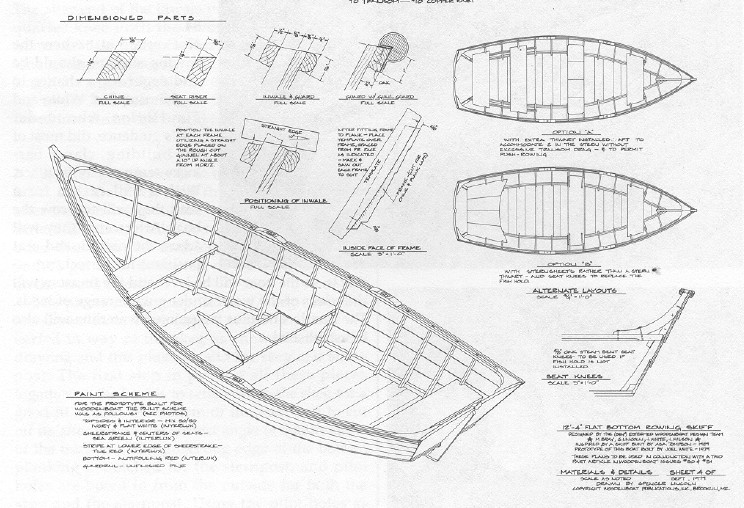
Beyond the Blueprint: Unconventional Thoughts on Building a Plywood Runabout
Building a plywood runabout, as detailed in numerous plans like those found in "Building a Plywood Runabout: Easy and Affordable Plans" (and similar titles), offers a rewarding blend of craftsmanship and nautical adventure. But beyond the standard instructions, lie opportunities for innovation and personalization that are rarely explored. This article delves into those often-overlooked aspects, offering fresh perspectives for both seasoned builders and enthusiastic beginners.
Questioning the Conventional: Beyond the Standard Plans
Most plans offer a "one-size-fits-all" approach. But what if your needs or preferences differ? This leads to the most crucial question:
Can you adapt the design to your specific needs and environment?
Absolutely! The plans serve as a foundation, not a rigid constraint. Consider these unconventional tweaks:
- Adapting for shallow waters: If you plan to navigate shallow rivers or estuaries, consider modifying the keel design for improved draft. This might involve researching shallow-draft hull designs and incorporating those principles into your build.
- Integrating sustainable materials: Explore using sustainably harvested plywood or incorporating recycled materials wherever possible. This aligns with a growing trend in responsible boatbuilding and adds a unique, eco-conscious element to your project.
- Customizing the cockpit: Don't just copy the plan's cockpit layout. Think about your intended use. Do you need more storage? A specific type of seating? A custom-built rod holder? Tailoring the cockpit enhances both functionality and personal satisfaction.
The Unsung Hero: Material Selection and Innovation
The choice of plywood is critical, impacting both the boat's longevity and the building process. This raises the question:
How can you optimize plywood selection for performance and longevity?
Going beyond the standard marine-grade plywood, consider these factors:
- Plywood thickness variations: Experimenting with strategically varying plywood thickness across different sections of the hull can improve strength in high-stress areas while saving weight in others. Research shows that this approach, although requiring careful calculations, can optimize both structural integrity and performance (source: Naval Architecture textbooks - specific reference depends on chosen text).
- Alternative wood types: While marine-grade plywood is recommended, explore locally sourced alternatives, possibly using more affordable plywood types and reinforcing critical stress points with epoxy and fiberglass. This approach can be more cost-effective and environmentally conscious but demands thorough research and testing.
- Epoxy resin advancements: Modern epoxy resin formulations offer improved properties such as UV resistance and flexibility. Researching and using a superior epoxy can significantly extend the lifespan of your runabout. (Reference: Epoxy resin manufacturers' data sheets and independent testing reports).
A Real-World Story: Lessons Learned Beyond the Manual
A friend recently built his plywood runabout, strictly following the plans. While successful, he encountered unexpected challenges. He initially underestimated the time commitment and the need for precise measurements. He also discovered that the finishing process was far more time-consuming than anticipated. This emphasizes the importance of realistic expectations and thorough planning.
His experience highlights the need to:
- Account for unexpected delays: Woodworking projects rarely go perfectly to plan. Building in buffer time is crucial.
- Embrace the learning curve: Mistakes are inevitable. The learning process is part of the journey. Document your mistakes and solutions to help others.
- Prioritize accurate measurements: The success of the project relies heavily on precise measurement and careful cutting.
Building a plywood runabout is a rewarding project. By questioning conventional approaches, experimenting with materials, and acknowledging the learning process, you can transform a standard project into a truly personalized and memorable experience.
















